Romania The laser at the Thales research center can reach a peak power of 10 petawatts in a very short time.

The research center houses the world's most powerful laser. Photo: AFP
In the control room of a research center in Romania, engineer Antonia Toma activates the world's most powerful laser beam, which promises to revolutionize everything from medicine to space. The laser at the center near Romania's capital Bucharest is operated by French company Thales, using a Nobel Prize-winning invention, AFP reported on March 31. Researchers Gerard Mourou (France) and Donna Strickland (Canada) won the 2018 Nobel Prize in Physics for harnessing the power of lasers to create highly precise devices for eye surgery and industrial applications.
In the center, in front of a wall of screens displaying beams of light, Toma checks a series of indicators before starting the countdown. On the other side of the glass, long rows of red and black boxes house two laser systems. The scale of the operation at the research center is enormous. The system can reach peak power of 10 petawatts (a petawatt is 10 to the 15th power of a watt) in the ultra-short time of a femtosecond (a femtosecond is one millionth of a billionth of a second). Engineers had to carefully assemble 450 tons of equipment to achieve this extraordinary performance, according to Franck Leibreich, director of laser solutions at Thales.
Mourou admits he is emotional after his extraordinary journey from the US, where he has worked for 30 years, to bring the project to life in Europe, which was born in the 2000s out of the European Union's larger ELI Infrastructure project.
The high-tech building that houses the research center cost $350 million to build, mostly from the European Union. Thames said it was the largest investment in scientific research in Romania. Meanwhile, countries including France, China and the United States are pushing ahead with their own projects to build even more powerful lasers.
Scientists were always looking for ways to make lasers more powerful. However, in the mid-1980s, they hit a roadblock: they couldn’t increase the power without compromising the light beam’s amplification. That’s when Mourou and Strickland, his student at the time, invented a technique called chirped-pulse amplification, or CPA, which allowed them to increase the power safely.
The technique works by stretching an ultrashort laser pulse, amplifying it, and compressing it again, creating the world's shortest and most intense laser pulse. CPA has already been used in eye surgery, but could pave the way for scientists to continue pushing the boundaries of laser technology. "We will use this kind of ultra-intense pulse to make much more compact and cheap particle accelerators" to destroy cancer cells, Mourou said.
Other potential applications include treating radioactive waste by reducing the duration of radioactive activity or cleaning up debris accumulated in space. For Mourou, the past century belonged to electrons, the 21st century is the age of lasers.
An Khang (According to AFP/Phys.org )
Source link



![[Photo] Opening of the 14th Conference of the 13th Party Central Committee](https://vphoto.vietnam.vn/thumb/1200x675/vietnam/resource/IMAGE/2025/11/05/1762310995216_a5-bnd-5742-5255-jpg.webp)




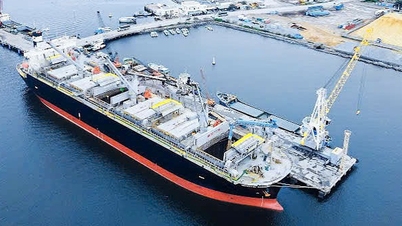



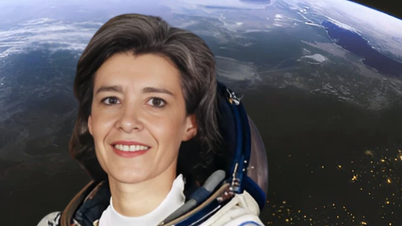








![[Video] Not Alone - Online Safety Day](https://vphoto.vietnam.vn/thumb/402x226/vietnam/resource/IMAGE/2025/11/05/1762347906381_sequence-0100-00-17-02still001-jpg.webp)















![[Photo] Panorama of the Patriotic Emulation Congress of Nhan Dan Newspaper for the period 2025-2030](https://vphoto.vietnam.vn/thumb/1200x675/vietnam/resource/IMAGE/2025/11/04/1762252775462_ndo_br_dhthiduayeuncbaond-6125-jpg.webp)
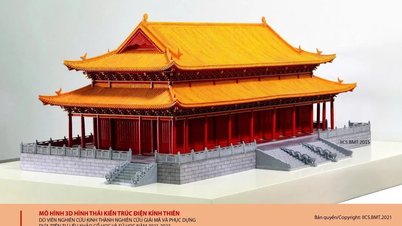




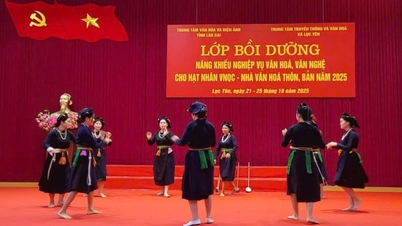


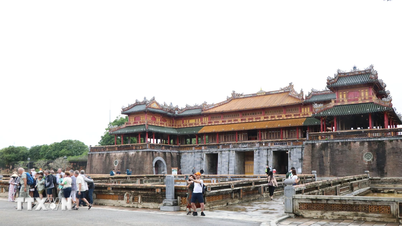








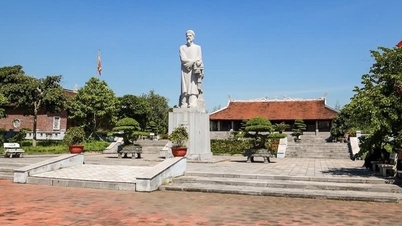





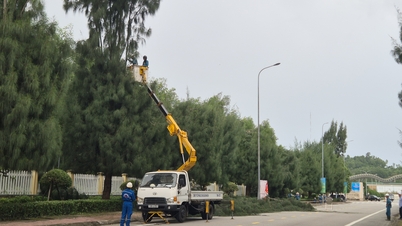









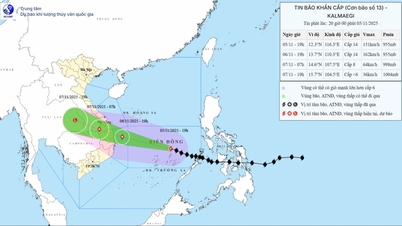










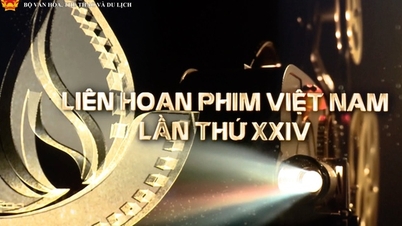



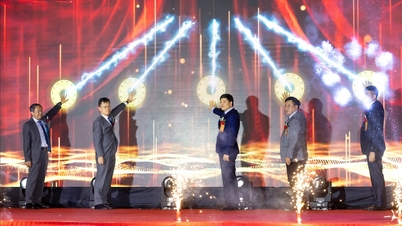






















Comment (0)